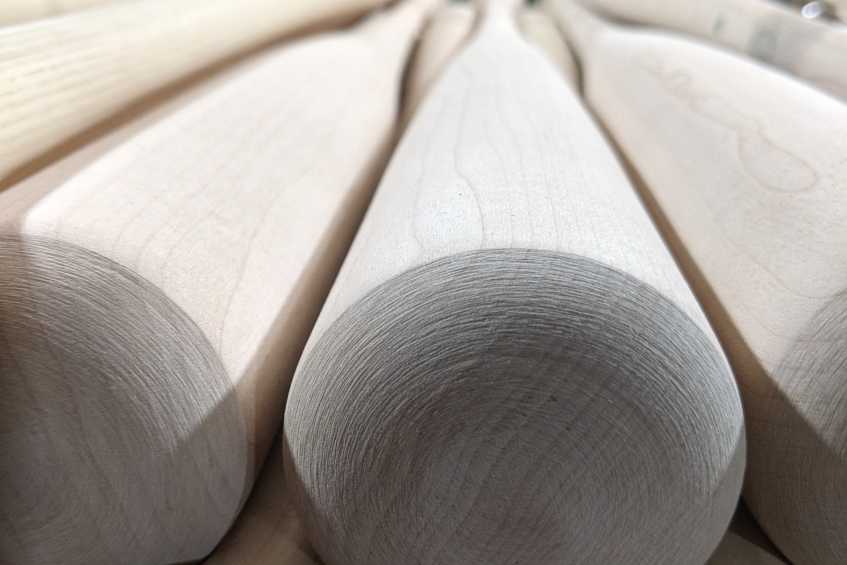
Corked bats have long been a source of intrigue and debate in the world of baseball. The mystique surrounding these illegal modifications has persisted, and the controversy over their potential advantages remains hotly contested. Dive into this blog post to uncover the truth about "what is a corked baseball bat", their history, the science behind them, and the ethical implications of their use.
Corking a bat is the process of drilling a hole in it and filling it with lighter material to reduce its weight, potentially providing psychological advantages.
The debate around corked bats focuses on performance advantages versus their prohibited use in professional baseball. Detection technologies have been developed to uphold integrity of the sport.
The prevalence of corked bats has decreased due to potential risks and durability issues caused by the hollowing out process.
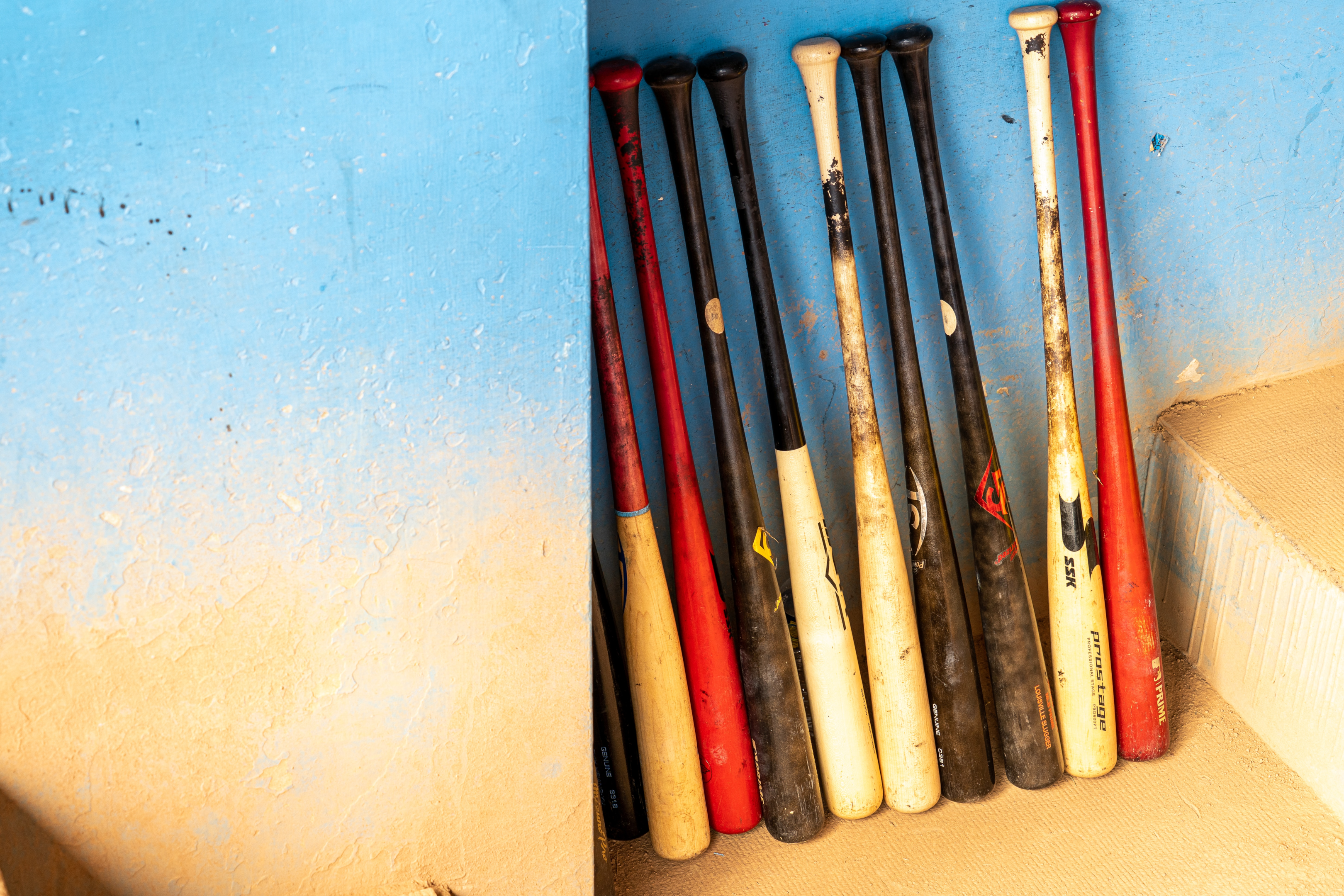
Corked bats have captivated baseball enthusiasts for decades. These doctored bats are designed to be lighter, allowing baseball players to swing the bat faster, and potentially hit a pitched ball with greater velocity.
But does this alteration truly provide an unfair advantage? Further examination reveals that the science behind corked bats is more complex than it may initially seem.
A corked bat is a baseball bat that has been modified by creating a hollow in the barrel and filling it with a lighter material, such as cork, rubber, or Styrofoam. This alteration aims to enhance a player's performance by reducing the weight of the bat, allowing them to have more time to evaluate the positioning of a thrown ball before committing to a powerful swing. Although the use of a corked bat does not guarantee success on the field, it can provide a psychological advantage to some players.
The process of corking a bat begins by drilling a one-inch hole into the end of the bat. The hole is then filled with cork, rubber, or even small Superballs before being sealed with a patch. The bat is sanded and refinished to prevent any tampering. This process ensures that the surface of the bat cannot be detected.
However, the use of corked bats raises questions about the perceived advantage and ethical implications of employing these altered bats in the game of baseball.
The main difference between a corked bat and a regular bat lies in their weight. A corked bat is lighter, which results in a decrease in batted ball speed and thus, less power than a regular bat. This reduction in weight is believed to enable the batter to swing the bat more quickly, which may improve their timing and margin for error. However, the reduction in weight also reduces the velocity of the ball as it leaves the bat, potentially canceling out the advantage of a quicker bat and faster batted ball speed.
The debate over the performance advantages of corked bats has persisted for years. Some argue that the lighter weight of a corked bat provides an unfair advantage, while others contend that the actual advantages are minimal. Regardless of the stance on this issue, the use of corked bats in professional baseball is strictly prohibited and can result in penalties, such as fines, suspensions, or even expulsion from the league.

Throughout baseball history, corked bats have made their mark, with several prominent players employing them, including Sammy Sosa, Albert Belle, and Graig Nettles. Corked bats have been increasingly discussed since the early 20th century, with Babe Ruth as one of the first players rumored to use them. Such usage undoubtedly drew a lot of attention.
As the awareness of corked bats grew, so did the controversy surrounding their use and the potential advantages they provided.
The use of corked bats in baseball dates back to the early days of the sport, with their popularity growing throughout the 20th century. Some of the most renowned players in baseball history, such as Babe Ruth, have been rumored to use corked bats.
Although the true origins of corked bats are difficult to pinpoint, their presence in baseball history is undeniable and continues to spark debate and curiosity among fans and players alike.
Babe Ruth is perhaps the most famous player associated with corked bat usage, but several other high-profile cases have made headlines throughout the years. In 2003, Chicago Cubs slugger Sammy Sosa was ejected from a game after his corked bat shattered during a swing, exposing the illegal modification. Additionally, Albert Belle received a seven-game suspension in 1994 after he was caught using a corked bat during a game against the Chicago White Sox.
These and other cases of corked bat usage have brought the issue to the forefront of baseball discussions. The use of corked bats not only raises questions about the integrity of the game, but also highlights the lengths to which some players will go to gain a competitive edge. Despite the risks of detection and the potential damage to a player's reputation, the allure of corked bats persists for some players seeking an advantage on the field.
While the mystique surrounding corked bats may be intriguing, it's essential to examine the science behind these modified bats to understand their true impact on bat speed and ball velocity. The physics of the bat-ball collision and the effects of reducing bat mass through corking can help shed light on whether these controversial bats truly provide a performance advantage or if they are simply a product of baseball lore.
By understanding the physics of the normal bat-ball collision, we can better understand the effects of corking a bat. When a bat is corked, the mass of the bat is reduced, which can lead to an increase in bat speed. This increase in the number of refugees.
Corked bats are designed to be lighter in weight, allowing for a faster swing speed, which may improve a player's timing and margin for error when hitting a pitched ball. However, the reduction in weight also reduces the velocity of the ball as it leaves the bat, potentially canceling out the advantage of a quicker bat speed.
Furthermore, corking a bat does not increase the elasticity of the bat-ball collision, meaning that it does not create a "trampoline effect" or make the ball go further. This calls into question the perceived advantage of using a corked bat.
While a faster swing speed may seem beneficial, scientific evidence of the reduced batted ball speed and the absence of any increase in collision efficiency suggest that corking a bat may not provide the performance boost that some players believe it does.
The debate over the performance advantages of corked bats continues to divide baseball enthusiasts. Some argue that the lighter weight of a corked bat provides an unfair advantage, while others contend that the actual advantages are minimal and that there are other unethical practices in baseball that are more detrimental to the sport's integrity.
While the science behind corked bats may not provide a definitive answer, the controversy surrounding these bats serves as a reminder of the importance of fair play and sportsmanship in the game of baseball.
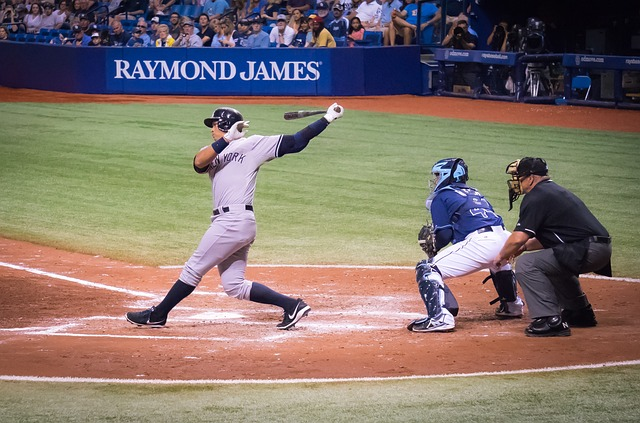
Major League Baseball takes the issue of corked bats very seriously and considers it a grave violation of league rules. The use of corked bats in professional baseball is strictly prohibited, and players found to be using these illegal modifications can face severe penalties, including fines, suspensions, and even expulsion from the league.
This firm stance serves to uphold the integrity of the game and ensure that all players are competing on a level playing field.
The use of corked bats in Major League Baseball is strictly prohibited, and players found to be using these illegal modifications can face severe penalties. Fines, suspensions, and even expulsion from the league are all potential consequences for players caught using corked bats during a game. This strict enforcement of the rules helps maintain the integrity of the game and ensure that all players are competing fairly.
Detection methods for corked bats have evolved over time, making it increasingly difficult for players to get away with using these illegal modifications. X-ray machines, CT scanners, and other advanced imaging technologies can be used to non-destructively examine the interior of a bat and detect any unauthorized modifications. As detection methods continue to improve, the risk of being caught using a corked bat grows, further discouraging players from attempting to gain an unfair advantage.
Detecting corked bats can be a complex task due to the sophisticated methods players use to disguise their alterations, the lengthy and expensive detection processes, and the reliance on the expertise and discernment of individuals analyzing images.
Despite these challenges, advances in detection technologies, such as X-ray imaging and ultrasound, have made it increasingly difficult for players to get away with using corked bats. As technology continues to improve, the likelihood of detecting corked bats and enforcing the prohibition of their use in the game increases.
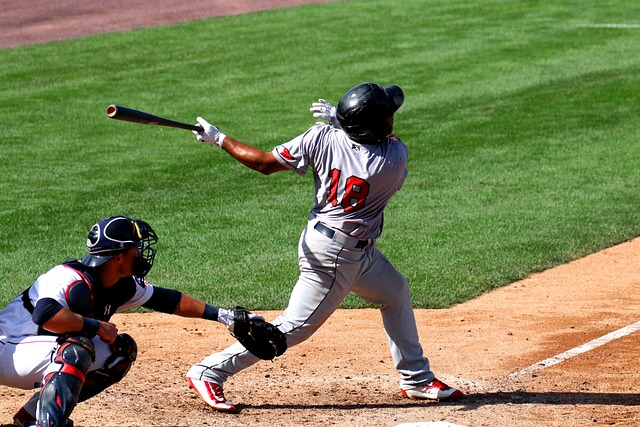
The use of corked bats raises significant ethical concerns in the world of baseball. By violating the principles of fair play and sportsmanship, these modified bats undermine the integrity of the game and call into question the values that the sport holds dear.
As the debate over the performance advantages of corked bats continues, it is essential to consider the ethical implications of their use and the impact that such practices can have on the sport as a whole.
The use of corked bats presents a significant ethical dilemma, as it impinges on the core values of fairness and sportsmanship that are essential to the essence of baseball. By attempting to gain an unfair advantage through the use of a corked bat, players not only violate the rules of the game, but also erode the trust and camaraderie among their peers, fans, and the baseball community as a whole.
In addition to violating the principles of fair play and sportsmanship, the use of corked bats can have serious consequences for players caught using them. Fines, suspensions, and damage to a player's reputation are all potential repercussions for players who choose to use corked bats. This serves as a stark reminder of the importance of adhering to the rules and upholding the values of the sport.
While corked bats may be one of the more notorious examples of unethical practices in baseball, they are not the only means by which players attempt to gain a competitive edge. Other unethical practices include the use of performance-enhancing drugs, stealing signs from opposing teams, and doctoring the baseball with substances like pine tar or by scuffing the ball.
In the grand scheme of baseball cheating, the use of corked bats may be seen as a relatively minor transgression. However, the ethical implications of their use cannot be ignored, and the debate over their advantages serves as a reminder of the importance of maintaining the integrity of the sport.
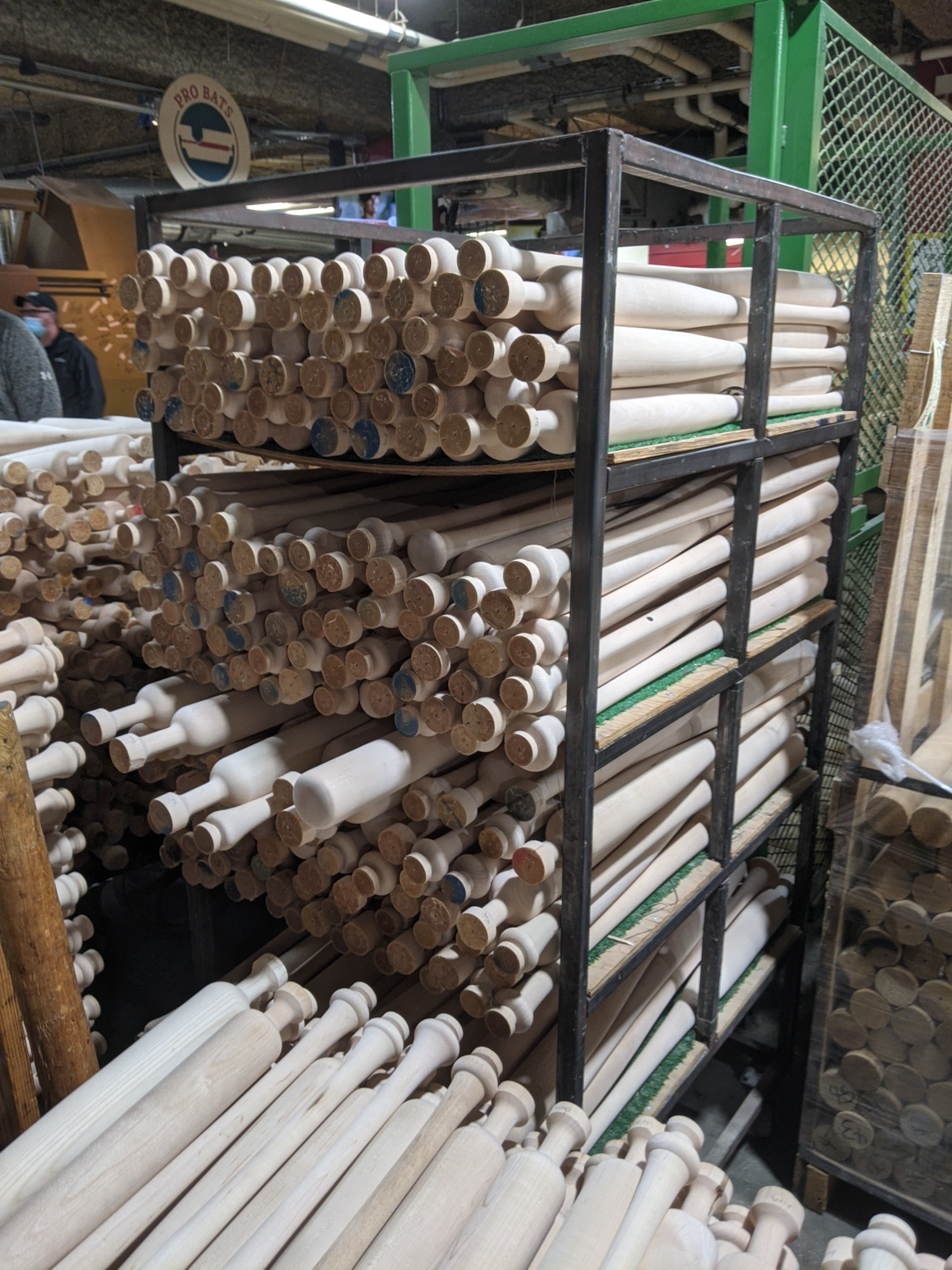
While the allure of corked bats may tempt some players to seek an unfair advantage, there are legal and ethical ways to improve bat performance. By properly selecting and maintaining their bat, experimenting with different grip materials and techniques, and focusing on strength training and refined hitting techniques, players can maximize their hitting potential without resorting to illegal modifications.
Selecting the right bat and properly maintaining it is essential for maximizing a player's hitting capability. By choosing a bat with the appropriate weight, length, and material, players can optimize their swing speed, power, and control. Additionally, regular cleaning and removal of dirt or debris from the bat can help prolong its lifespan and maintain optimal performance.
Compliance with bat specifications is also critical to ensure that the bat is within the prescribed limits and has not been unlawfully altered. Illegal tampering or modifications can result in penalties, such as fines or suspensions, as well as damage to the bat itself. By adhering to the rules and properly maintaining their bat, players can avoid these consequences and focus on honing their skills on the field.
In addition to proper bat selection and maintenance, players can further improve their hitting skills through various strength training and hitting techniques. Overload/underload training programs, lower body strength training, grip and forearm strength training, and swinging heavy and light bats during batting practice are all strategies that can be utilized to maximize bat performance.
By focusing on these legal and ethical methods to enhance their skills, players can gain a competitive edge on the field without resorting to the use of corked bats.
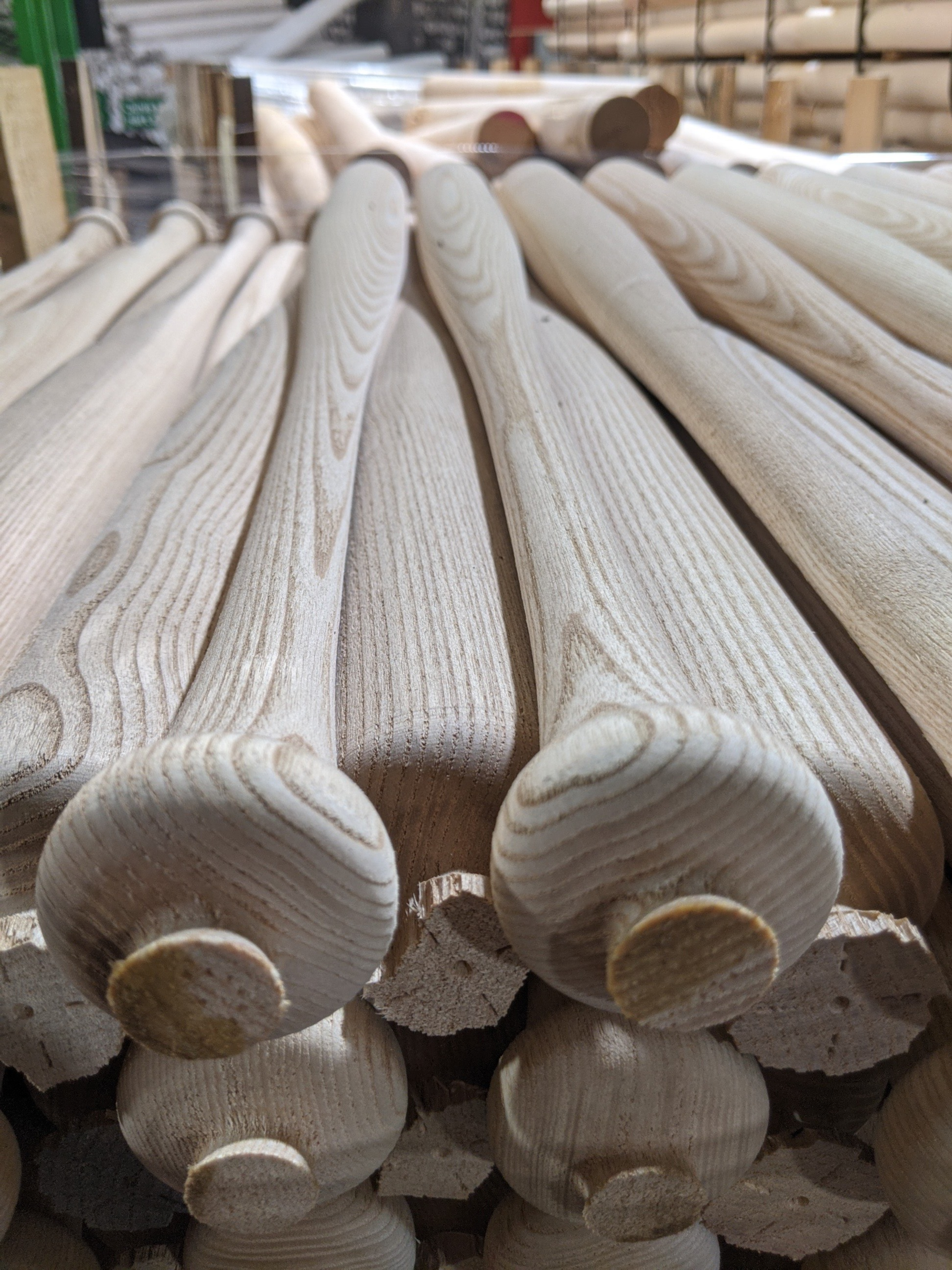
As technology continues to advance, so too does the design and engineering of baseball bats. Material innovations and engineering techniques have allowed players to benefit from increased bat speed, power, and control without compromising the integrity of the game.
By embracing these technological advancements, players can achieve a competitive edge through legal and ethical means.
Composite materials offer a big advantage when it comes to baseball bat technology. They combine the advantages of metal, such as strength and durability, with lighter and flexible carbon fiber properties. These advanced materials allow for the creation of bats with optimized performance characteristics, such as enhanced bat speed, power, and control.
In addition to composite materials, aluminum bats have also had a significant impact on the bat industry. Aluminum bats offer lighter weight and increased power, making them a popular choice among players of all levels.
As technology continues to evolve, so too will the materials and designs used in the creation of baseball bats, providing players with even greater opportunities to optimize their performance on the field.
As the use of corked bats has become increasingly scrutinized, detection technologies have also evolved to better identify these illegal modifications. X-ray imaging, ultrasound, and other advanced imaging modalities can be employed to non-destructively examine the interior of such a bat and detect any unauthorized modifications.
These advancements in detection technology not only serve to deter players from using corked bats, but also help maintain the integrity of the sport by ensuring that all players are competing on a level playing field.
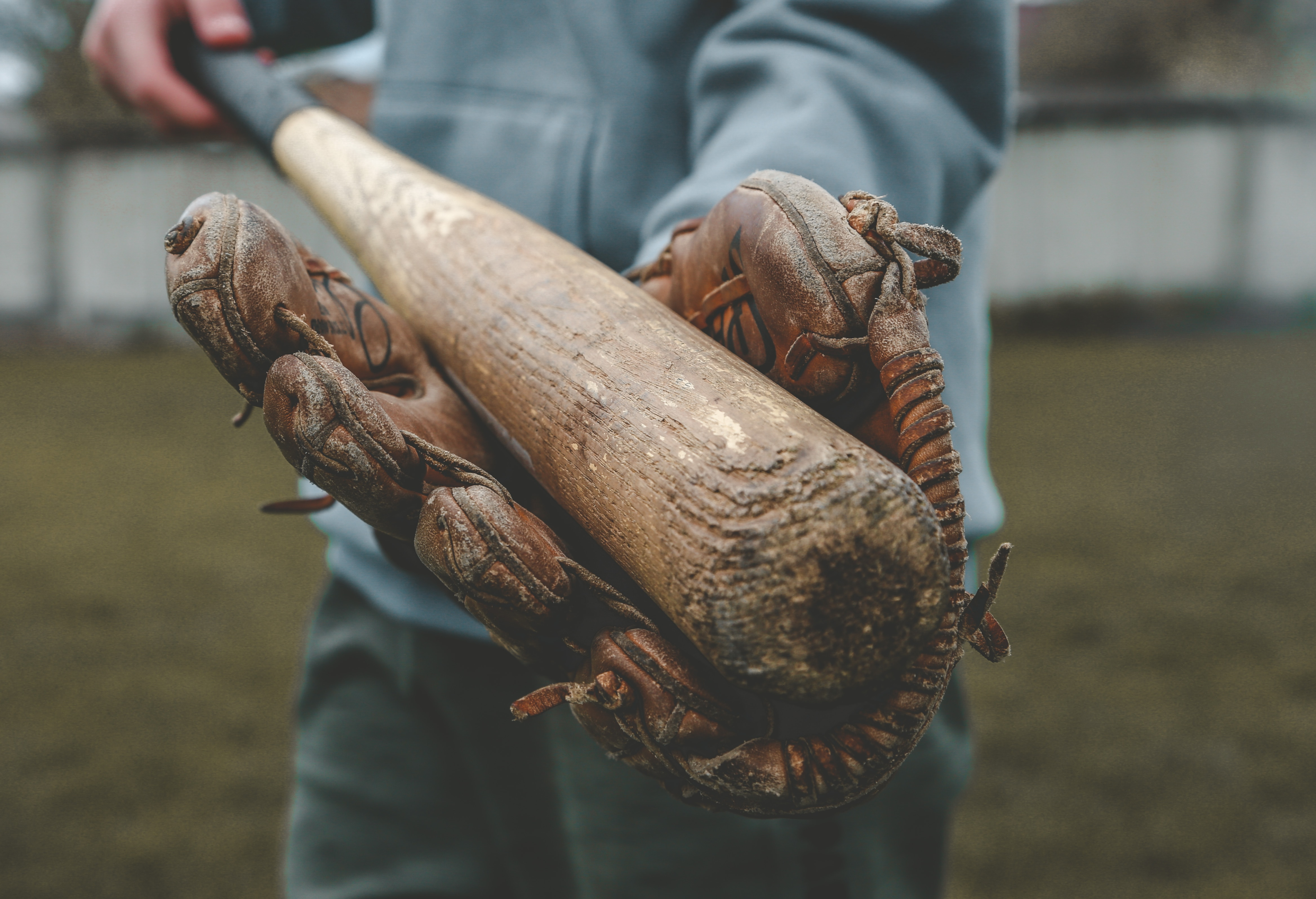
While the prevalence of corked bats has decreased over the years, the allure of gaining a competitive advantage through their use persists for some players. Despite the risks of detection and the potential damage to a player's reputation, some players may still attempt to use corked bats in search of an edge on the field.
However, as technology and awareness continue to evolve, the risks associated with using corked bats will likely continue to outweigh any perceived benefits.
Although it is difficult to ascertain the current prevalence of corked bats, only a handful of players have been detected utilizing corked bats during a game. The likelihood of detection, along with the potential penalties such as fines, suspensions, and even expulsion from the league, may deter many players from attempting to use corked bats.
In addition to the risks associated with detection, corked bats can also pose durability concerns due to the hollowing-out process weakening their strength and durability. As detection methods and awareness of the risks and consequences of using corked bats continue to improve, the prevalence of corked bat usage is expected to decline even further.
The hollowing-out process used to create a corked bat can weaken its strength and durability, making it more susceptible to breaking. This structural weakening can not only result in the bat breaking during a game, potentially exposing the illegal modification, but also reduces its overall lifespan.
Given the durability concerns and the potential consequences of using a corked bat, players may be increasingly inclined to seek legal and ethical methods for enhancing their performance on the field.
Corked bats have long been a source of fascination and debate in the world of baseball. While some players may still be tempted to use these illegal modifications in search of a competitive edge, the risks and consequences associated with their use have become increasingly apparent. As technology continues to advance and detection methods improve, the attraction of corked bats is likely to diminish further. By embracing legal and ethical methods for enhancing bat performance, players can maintain the integrity of the game and focus on honing their skills through hard work, dedication, and sportsmanship.
Corked bats are used by players to gain an unfair advantage in baseball, as they can hit the ball farther and faster than with an unmodified bat. The cork lightens the bat, reducing the amount of time needed for a batter to swing it, allowing them more time to judge the path of the ball and make adjustments during their swing.
This provides an advantage over those using an unmodified bat.
Yes, Major League Baseball (MLB) does check for corked bats. The rules committee has implemented regulations to prevent players from using altered bats, and umpires are responsible for inspecting bats when requested by a manager to ensure fairness in the game.
To cork a bat, a player must drill a small hole in the end of the bat, usually no larger than an inch, and fill it with cork, rubber balls or another light material such as styrofoam. The hole is then sealed to prevent it from coming loose.
Corking a bat helps hitters generate greater bat speed and power when they swing.
By making the bat lighter with less mass and cork, it increases the swing speed which produces more force and ultimately hits the ball farther.
Therefore, a corked bat hits farther due to its lighter weight, allowing for a faster swing, creating greater force to hit the ball farther.
Corking a much lighter bat also can make a small but noticeable difference in performance, as the decreased weight of the bat allows for greater bat speed and an increased chance of making a successful hit.
However, this is generally offset by a reduction in the ball's exit velocity, resulting in only a minimal overall improvement.
Chris Sloan is a former baseball league commissioner and travel baseball coach who has made significant contributions to the sport. In 2018, he founded selectbaseballteams.com, a website that helps parents find youth and travel baseball teams in their local areas. Since its launch, the website has experienced impressive growth, offering a wealth of resources including teams, news, tournaments, and organizations. Chris's unwavering passion for baseball and his innovative approach to connecting parents with quality baseball programs have earned him a respected reputation in the baseball community, solidifying his legacy as a leading figure in the world of youth and travel baseball.
There are 0 comments on "What is a Corked Baseball Bat?"
chandler allen says:
"Hi my name is chandler, i’ve enjoyed..."
On Wanting to tryout for summer ball. as an 18 year old
david graham says:
"With no current MLB team in Canada,..."
On With no current MLB team in
Charles Chavez says:
"To All Coaches: Do you have13U or..."
On Looking for Games